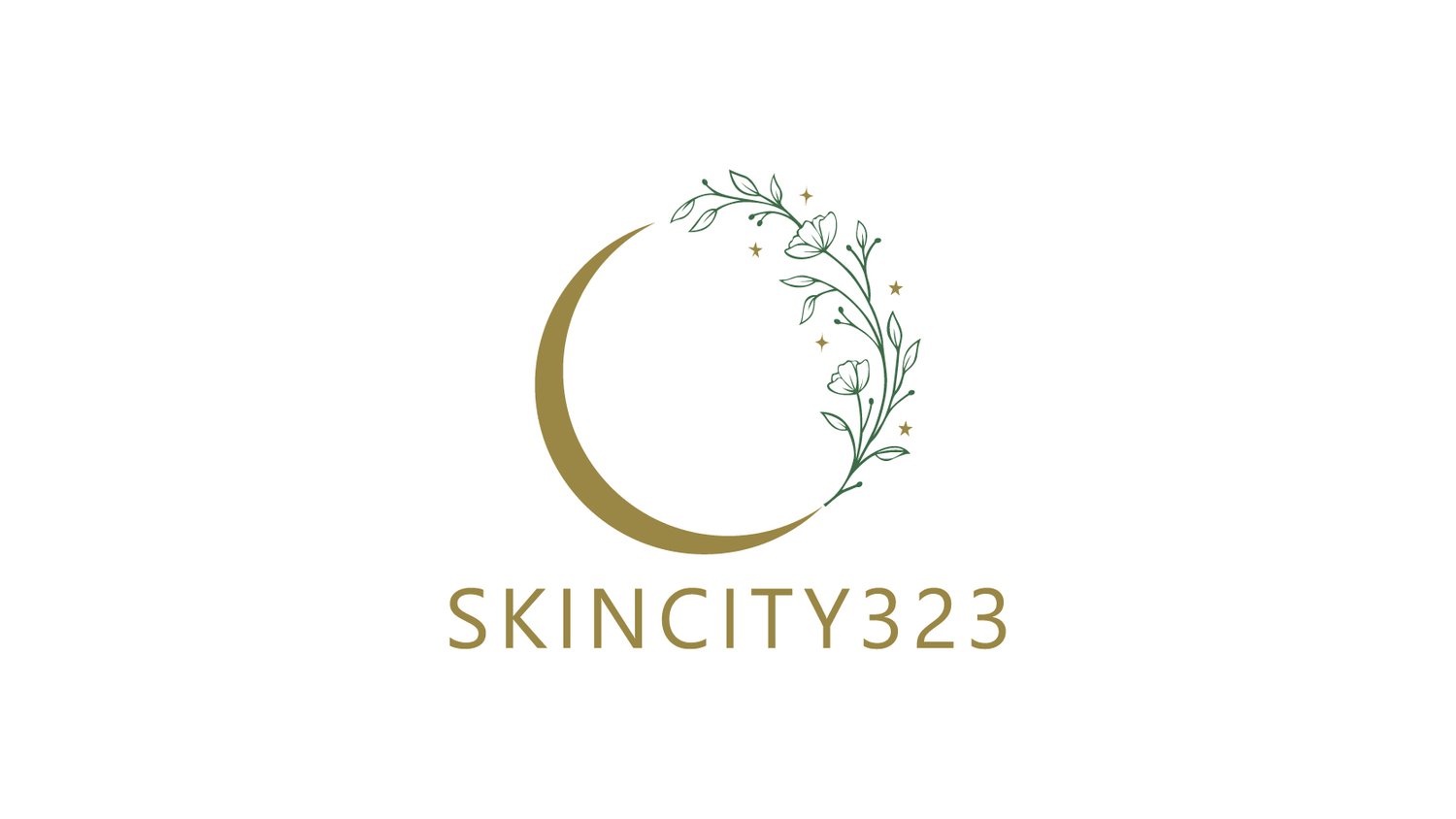by Brigitta Melendy
Hyperpigmentation is a common challenge that Skin City clients are concerned with. One question we get frequently is “How did I get these brown spots on my face”? Of course there are a variety of factors that come into play here – hormones, acne, overall health, stress levels, sun exposure, medications, all of which create free radicals. Free radicals attack the DNA of each and every cell in our skin. The best antidote for fighting free radicals is ingesting and applying antioxidants topically (see ESTY chat for more on antioxidants). Regardless of age, skin condition or ethnicity, free radicals underlie every skin problem, from wrinkles, loss of firmness, and age spots to surface dryness, dehydration, redness and acne flare-ups. Therefore, everyone needs protection from free radicals. For me to truly understand ‘how’ to correct an issue, it is important to know ‘how and why’ the issue occurred.
Here is a breakdown of the process of hyperpigmentation:
The epidermis (outer skin layer) is primarily made up of skin cells which create a protective layer. Approximately every eighth cell is a melanocyte. Melanocytes are cells that produce melanin – an action that occurs in the deeper layers of the skin. This is a natural and necessary process as pigments give us skin color and also provides a unique defense system against UV radiation.
Let’s further break down the pigmentation process:
- First a trigger (such as UV exposure) sends a signal to melanocyte-stimulating hormones that the skin is in need of protection. This activates the enzyme tyrosine.
- After tyrosine is signaled, the melanocyte cell receives a message to produce pigmentation (melanin).
- As excess melanin is produced, and dispersing of these pigments is interrupted, hyperpigmentation forms. This creates deposits of color that stay indefinitely unless treated.
Luckily there are a number of ingredients that help support the skin and control hyperpigmentation. These include:
- Retinols – a form of vitamin A that is available in different percentages depending on levels of intensity. ‘Breaks-up’ pigment to prevent solid patches of hyperpigmentation
- Bellis perennis flower (daisy flower) – a gentle, natural brightener derived from daisies.
- Arbutin (L) – a natural plant-based derivative of hydroquinone (HQ) with tyrosinase abilities. This is a great alternative for those with sensitivities to hydroquinone.
- Kojic acid – derived from Japanese mushrooms, it works to effectively inhibit melanin synthesis.
- Lactic acid (L) – this AHA has natural brightening abilities, works to smooth skin and improve texture.
- Azelaic acid – a grain- and yeast-derived compound, it helps normalize disordered cell growth, provides antioxidant and anti-inflammatory support, and helps effectively treat acne-related post-inflammatory hyperpigmentation.
- SUNBLOCK, SUNBLOCK, SUNBLOCK!!! – I cannot emphasize how important a PHYSICAL block is. A PHYSICAL block is mineral based (not chemical) and provides full spectrum protection. Full spectrum means it blocks out both UVA and UVB rays. The best ingredient is 10%+ Zinc or Zinc Oxide. Pay attention to the percentage of Zinc in your SPF product.
Supporting the skin’s overall health is essential. The goal is to maintain optimum health, or restore it to optimum health so it may properly control pigmentation. A truly comprehensive skin care strategy, especially one focusing on aging skin, should combine antioxidants to attack free radicals directly.

